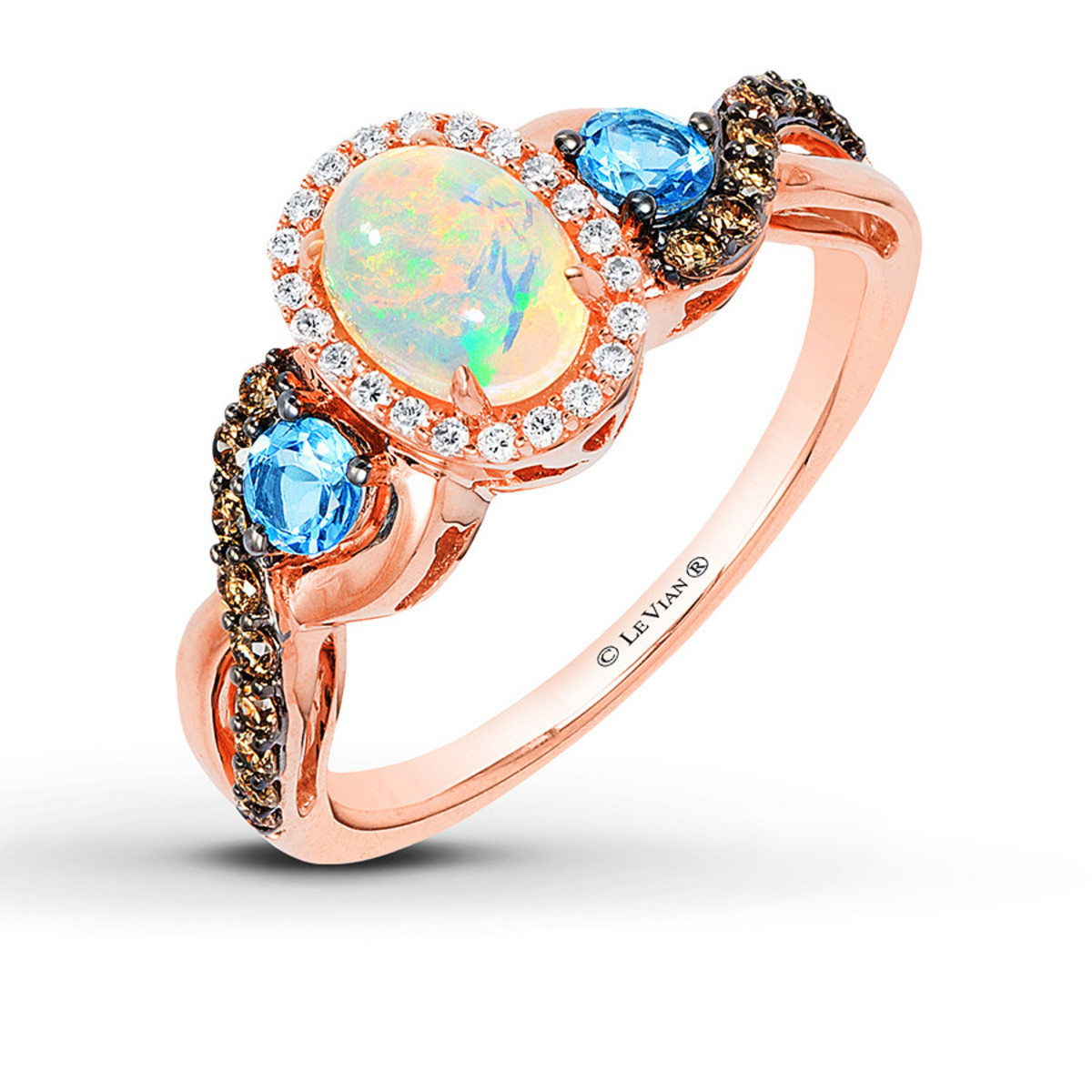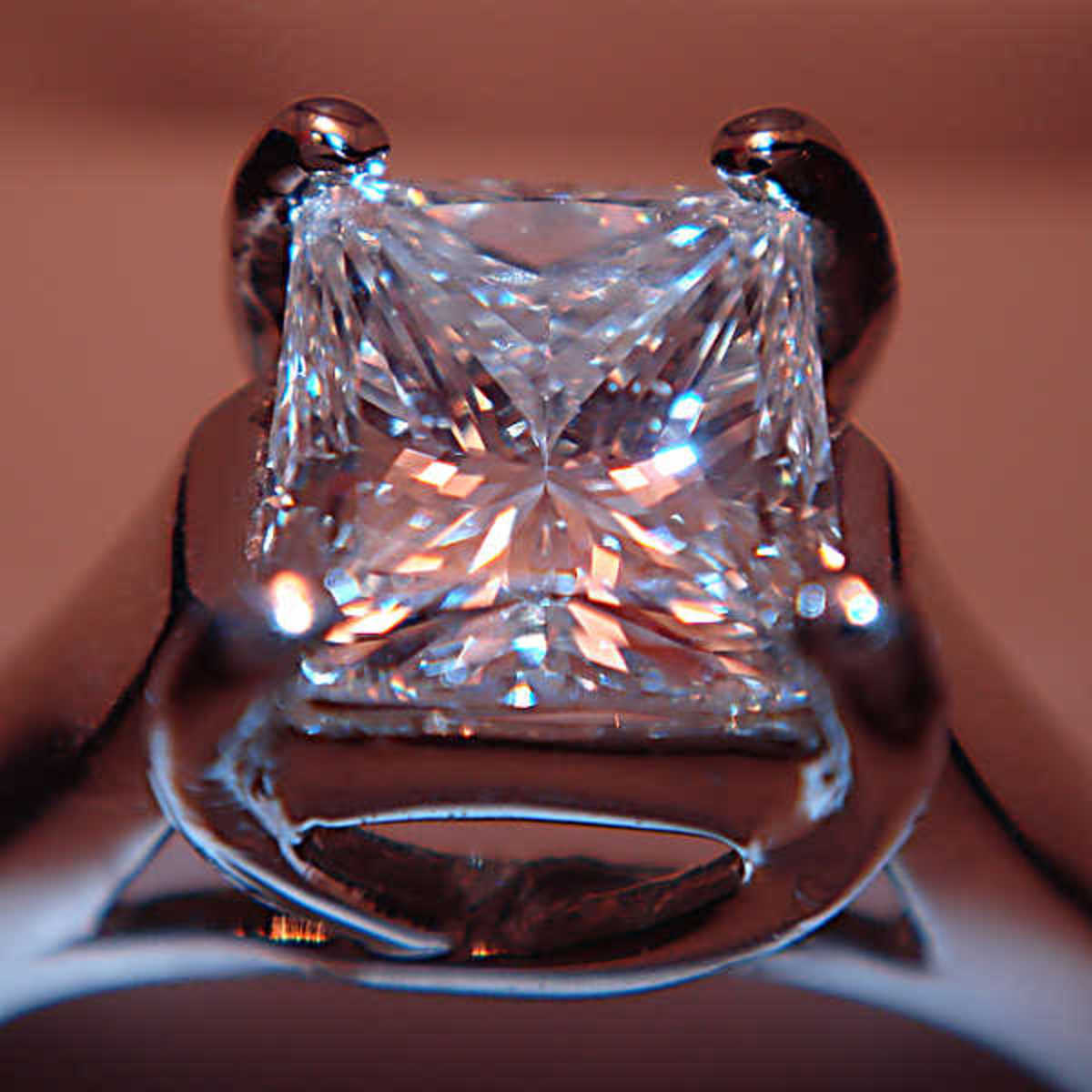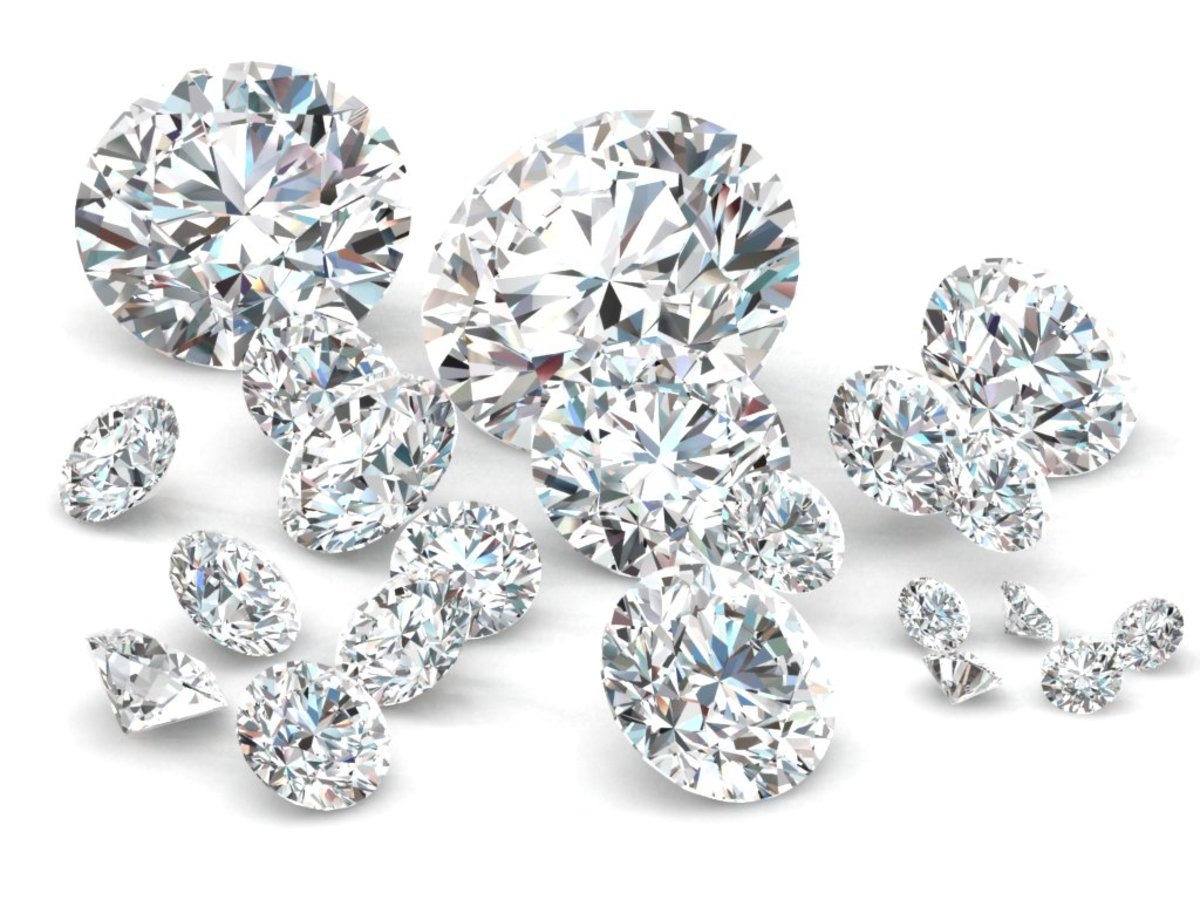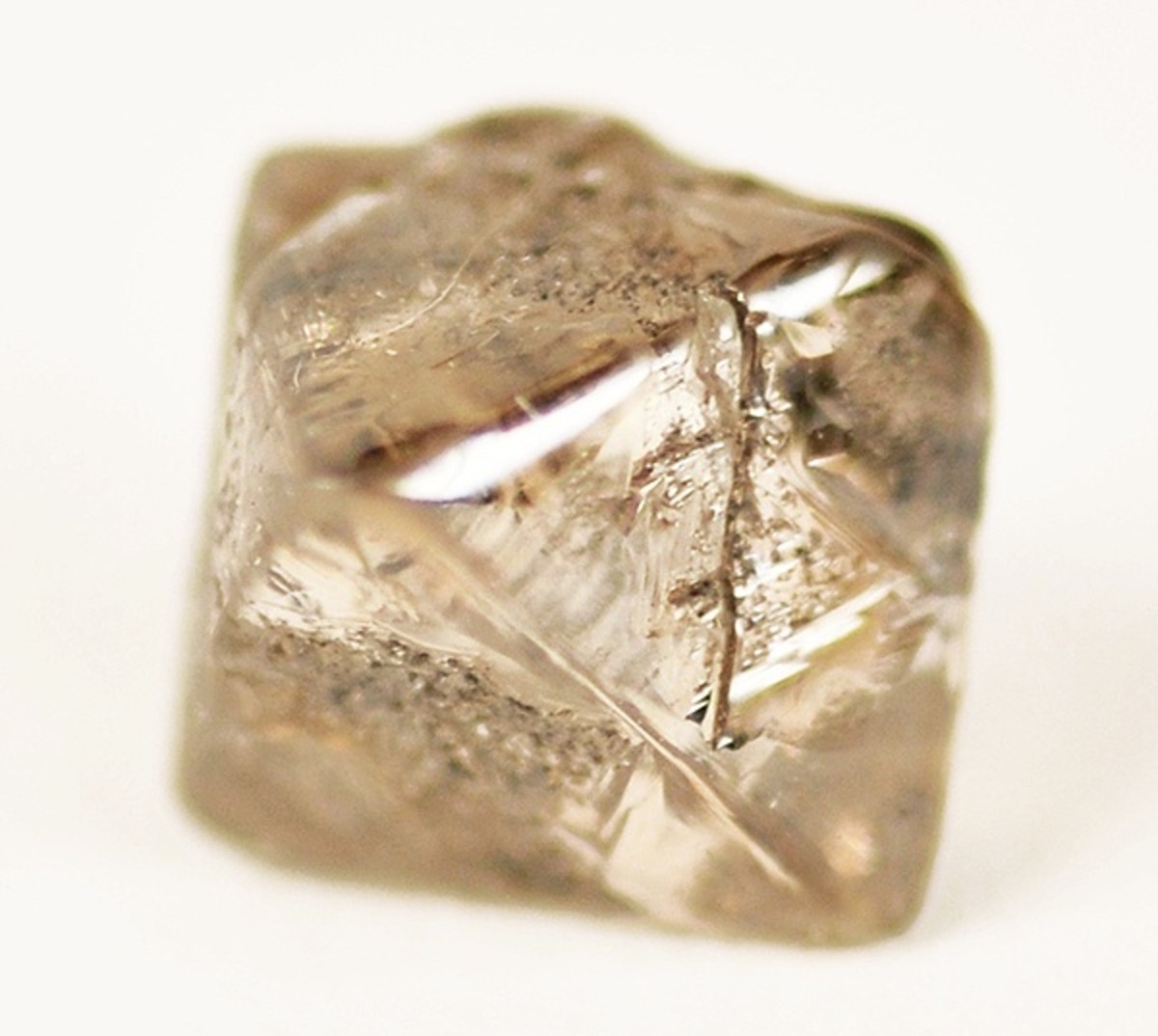Diamond Clarity - What is it and why is it Important?
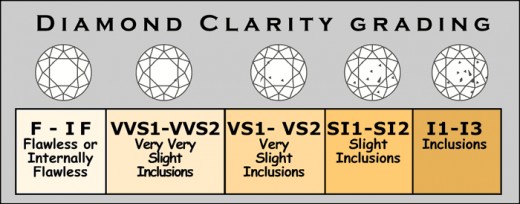
When purchasing a diamond, it's important to take the 4 Cs: cut, color, clarity, and caret weight into account. Clarity is probably the most complicated. So just what is diamond clarity and why is it important?
As part of the four Cs, clarity is defined as how clear the light is that passes through, refracts within, and reflects off of a diamond. All diamonds have some type of flaw that is created by nature. A diamonds clarity determines it's grade, quality, and price. The less flaws a diamond has, the higher the clarity grade.
Grading clarity involves looking for inclusions, or internal flaws, or flaws on the outside of the diamond. Even a “flawless” diamond will have some sort of imperfection. With the recent developments in lab-created diamonds, actually having a diamond with an imperfection helps to determine whether or not it's natural or created.
The scale used most often for grading diamond clarity is the GIA clarity grading scale. It's range is as follows:
– 1 FL: Flawless
– 2 IF: Internally Flawless
– VVS1 & VVS2: Very Very Slightly Included
– VS1 & VS2: Very Slightly Included
– SI1 & SI2: Slightly Included
– I1, I2, I3: Included
Flawless means that there are no inclusions or blemishes under 10x magnification. Internally flawless only shows minor blemishes on the surface but nothing internally. The very very slightly included grades to the slightly included grades all have some sort of flaw but most are not visible by the naked eye. The included grade is almost always visible to the naked eye and most jewelers do not use these diamonds for jewelry.
Learn about every aspect of diamonds before making a purchase. Knowing what diamond clarity is and why it's important is just one part of diamond education. To ensure that the diamond is real, always buy a certified diamond that meets all standards including clarity.

